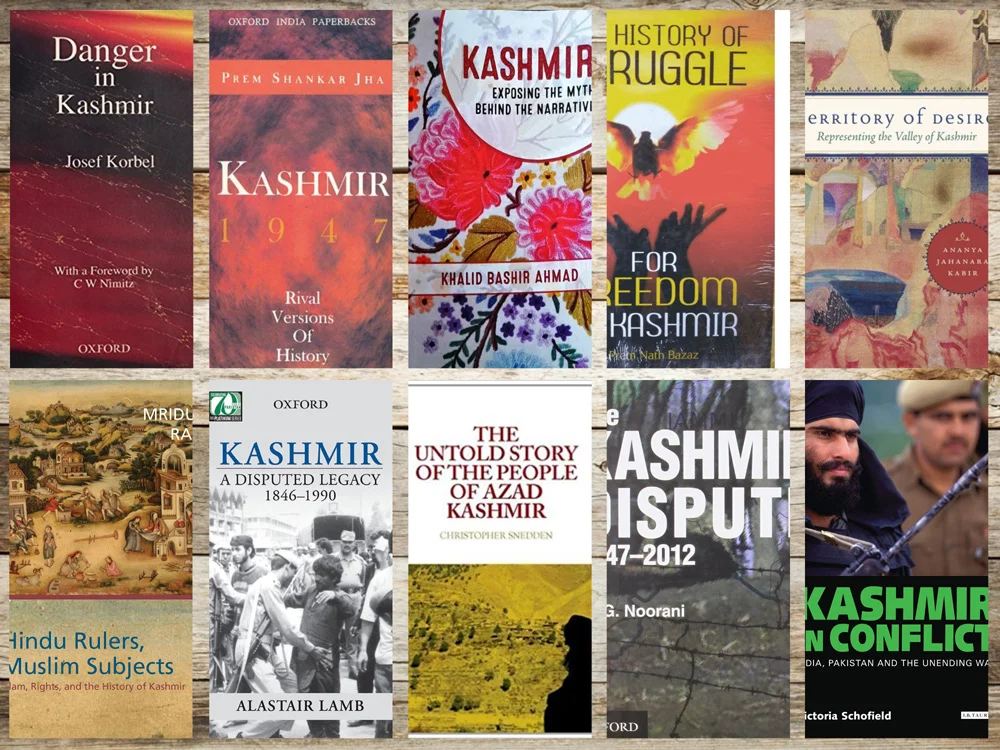
In times of pandemic, here’s a list of ten history books one can pick up to revisit the past objectively and know how those bygone occurrences shape present day events and continuing dilemmas in the ‘Vale of Kashmir’.
By Rakshanda Afrin
THE probing pen delving into past might’ve been previously popularized by the likes of Prem Nath Bazaz with his “impartial record-keeping”, but over the years the valley saw the rise of new writers who captured and chronicled its chequered past like never before.
While many busted myths, others set the records straight with their gritty fact-findings. While a few followed statist suit, some made it to controversial shelves with their “tell all”.
What makes most of these exhaustive research-based readings significant are the popular notions and mainstream narratives based on selective history and biases, making it more difficult to objectively know the ever changing and evolving landscapes of Kashmir.
At this juncture, it becomes more quintessential to navigate through the pages of history and grasp the often untold, and unpopularly known stories and events surrounding the Kashmir issue which has been the microcosm of so many levels of discord.
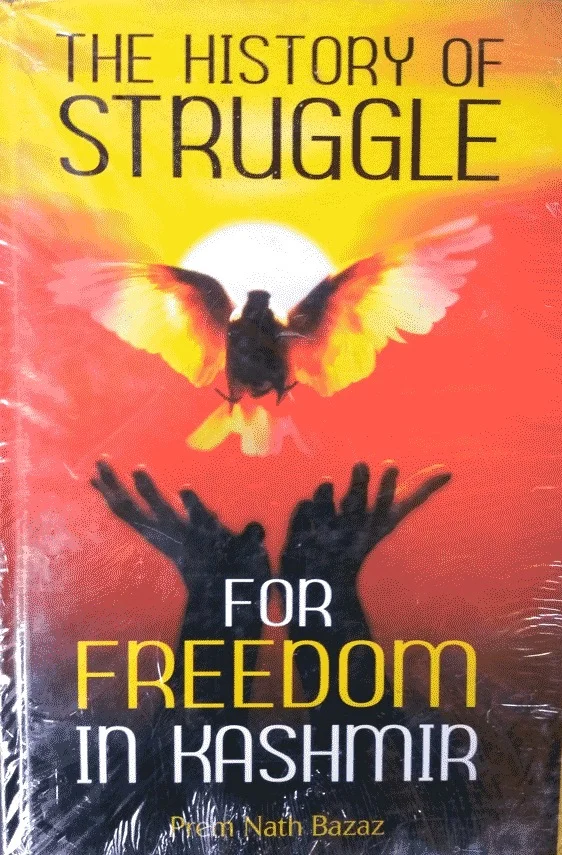
Published in 1954, Prem Nath Bazaz wrote the preface as “Kashmir belongs to Kashmiris” which went on to become a very popular sentiment.
As the name suggests, Bazaz, a prominent Kashmiri Pandit politician and intellect, chronicled the struggle of Kashmiris into two parts ‘to present a connected history of the freedom movement of the people from the dawn of civilisation to our times.’
Tracing the sentiments of independence among the populace from the past history of dominant Dogra-ruled state to present days, Bazaz made a thorough analysis of comprehending the ‘accession’ dispute and political developments following the partition by delving into the ancient and medieval times of the region as well.
When the history of Kashmir is to be understood, Bazaz’s work is widely discussed. The book had foreseen the 90’s insurgency and assertion “as a matter of right after nearly 450 years of oppression” and further examines how the present scenario is impacted by the shared history of the past.
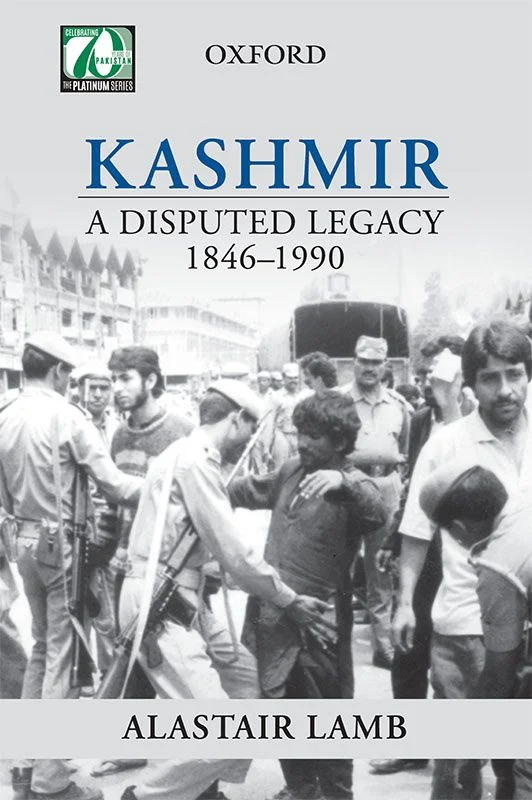
In this award-winning book, the British historian, Alastair Lamb explores the history and genesis of the Kashmir dispute.
Recognized as an expert of judicial and diplomatic history of Kashmir, Lamb who previously authored several books on the same subject, meticulously works to provide historical context of the internal political evolutions as well as interpretations and alternative solutions to the struggle of Kashmir in this one.
Published in 1991 by Oxford University Press, soon after the start of the 90’s militancy, Lamb’s work tries to clarify those basic key issues of 1947 and the way in which they have been “modified, obscured or distorted” with the passage of time and the pressure of partisan arguments.
The book, however, has been banned in India as Lamb positioned himself, supported by public documents and records, that New Delhi “had no valid legal ground or moral justification for accession” in the ‘Vale of Kashmir’.
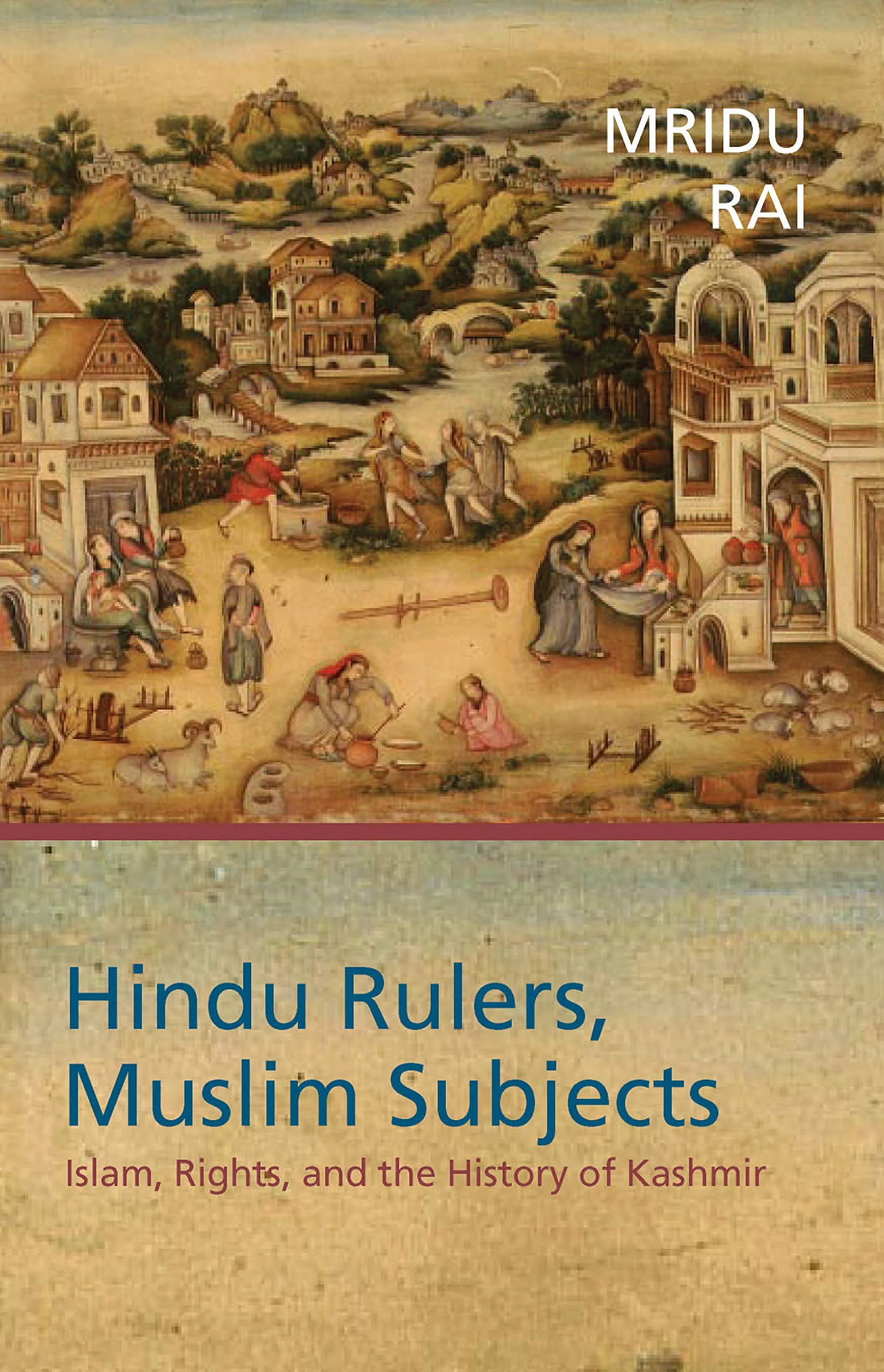
Published in 2004, Mridu Rai’s work became an indispensable one to understand the region’s contested past. The historian did the path-breaking work of telling about today’s troubles by going all the way back to 1846.
Rai argues the creation of the Dogra-ruled state was the turning point where the Kashmiri society got unequally divided into rulers and ruled and paved the way for the widening gaps and exploitations.
Critically acclaimed and highly recommended by scholars worldwide, Rai’s scholarly work examines the 100 year period prior to the decision of 1947 which led to mixture and growth of religion and politics inextricably intertwined with the consciousness of the Muslim populace.
Rai focuses on the geopolitics of Kashmir and mainly the legitimacy and autocratic nature of the Hindu Dogra state which led to years of impoverishment and tribulations in the lives of the Muslim subjects which ultimately gave rise to identity politics in the region.
The book becomes a definite read to understand the historical study of rights, religion, regional and community identities. It explains how the origins of the present day dilemmas and state of affairs are interlinked to the past shaped by these consequences.

Victoria Schofield, the British historian and commentator on international affairs, authored this to address the escalating nuclear arms race between India and Pakistan arising out of the dispute and how the Kashmir conflict even after decades is the major flashpoint and key decisive factor in shaping domestic and foreign relations.
“Schofield,” Lucian W Pye of the Foreign Affairs wrote, “has reviewed the entire record of the conflict, interviewed many participants, and struggled to find possible solutions.”
Schofield extensively gives context to the issue of increasing militancy and continuing violence and the wider implications of the Kashmir issue in the international arena.
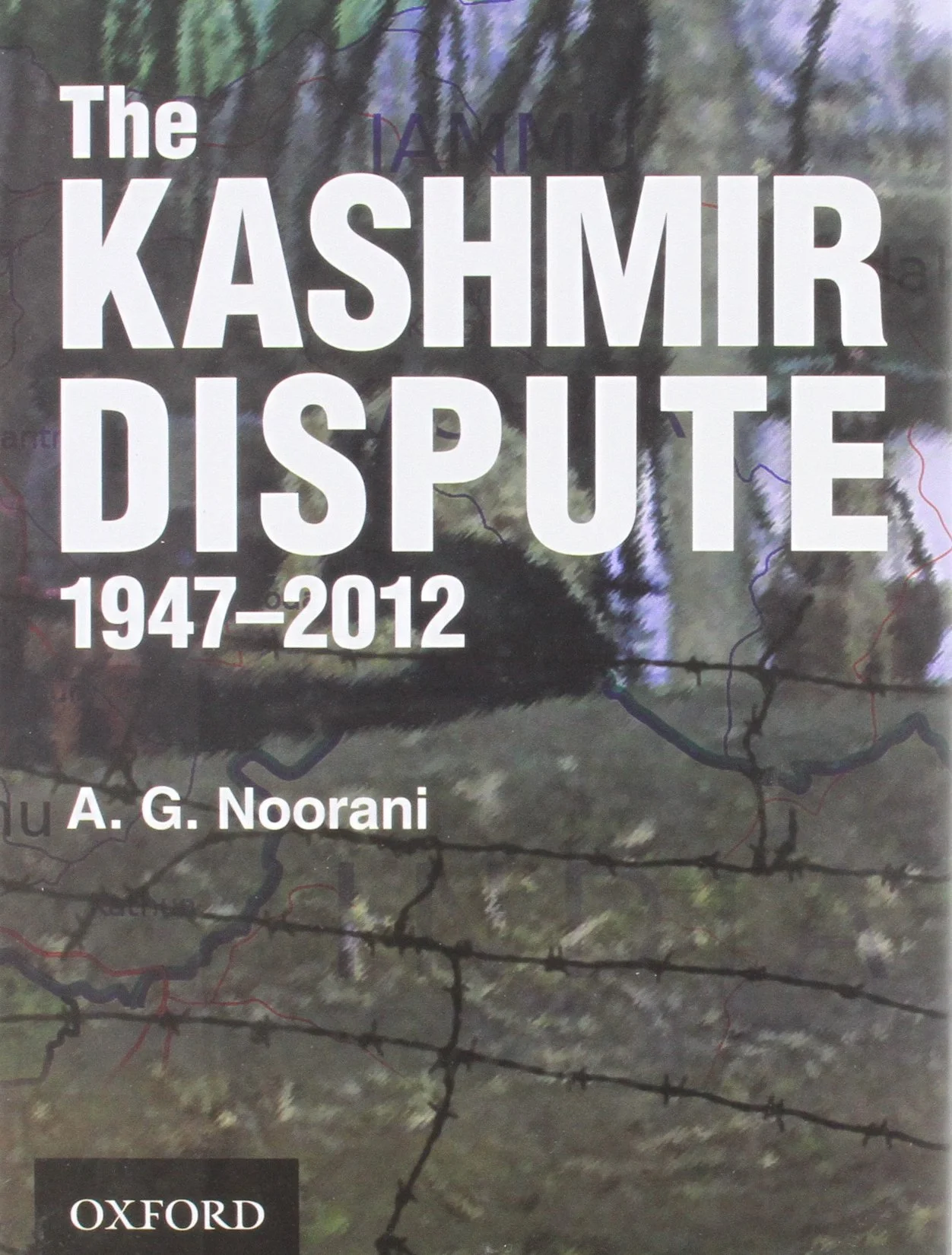
Published in 2014, Constitutional expert and lawyer, AG Noorani, compiles his detailed accounts of the long-standing dispute and complex history of the region backed by painstaking research spanning over years based on both archival and contemporary documents.
Blaming both the Pakistani and Indian administrators as well as the British for the plights, tragedies and continuing miseries of the Kashmiris, Noorani does not shy away from addressing the biggest ‘villain’ responsible for the wrong doings.
In the book, Noorani extensively quotes India’s first Prime Minister, Jawahar Lal Nehru’s “lies” in Parliament as well in telegrams addressed to Pakistan and British prime ministers during those intervening years of 1947.
Nehru in one of his last telegrams wrote, “Our assurance that we shall withdraw our troops from Kashmir as soon as peace and order are restored and leave the decision about the future of the State to the people of the State is not merely a pledge to your Government but also to the people of Kashmir and to the world.”
“In their totality,” Muhammad Ali Siddiqi of Dawn writes about Noorani’s book, “the articles turn the book into a piece of research that gives us a comprehensive story of the Kashmir tragedy from political, diplomatic, legal and, more importantly, human angles.”
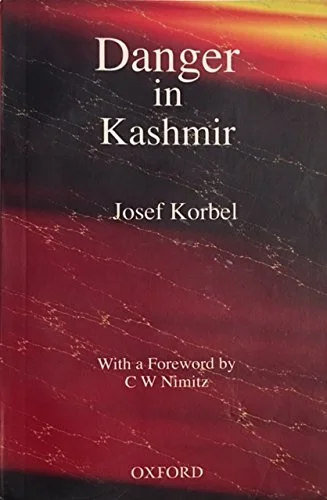
Published in 1954, Josef Korbel, the Czech -American diplomat authored a first-hand narrative of the many complex factors stemming from the Kashmir dispute.
Korbel was named one of the delegates mediating the Kashmir dispute by the United Nations Commission of India and Pakistan in 1947.
The book is a result of his personal experiences and addresses, the dispute and changes in Kashmir starting from its past history as a princely state to United Nations interventions and negotiations between the two countries as well as roles and failures in the Kashmir scene.
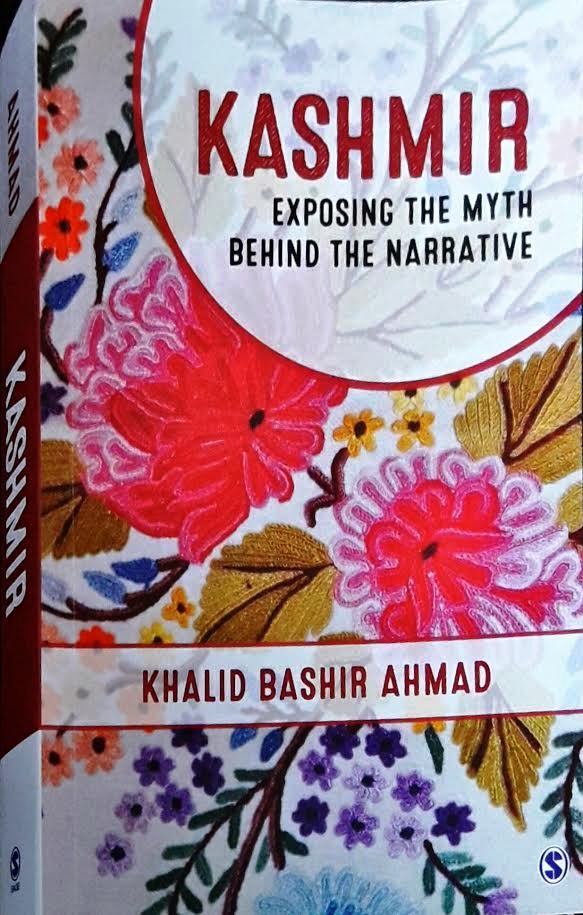
Published in 2017, author Khalid Bashir Ahmad seeks to challenge the perpetuated narratives of Kashmir’s history over the centuries.
With his book, the author aims to bring forward the hidden ‘true’ Kashmir’s history of the land and its people and delegitimize the popular held beliefs which he sees as ‘myths’ propagated by a well-planned state machinery.
In the epilogue, the author writes: “Nobody would dispute the fact that in a situation as sensitive as Kashmir, selective mention of tragedies will all but bridge the trust gap. Understanding and recognising each other’s pain and suffering are crucial for achieving this. Alongside a reference to Nadimarg, Wandhama and Sangrampora (places where Kashmiri Pandits were massacred by suspected militants), a mention of Gawkadal, Sopore, Handwara and Islamia College (places where Kashmiri Muslims were massacred by government forces) is imperative to complete the picture of Kashmir tragedy.”
Considered as one of the most crucial reads in recent times, Khalid Bashir’s book extensively works to expose the selective narratives based on few fragmentary sources and challenges the premises of historical books such as Kalhana’s Rajtarangini (The River of Kings) and brings forward fallacies in play.
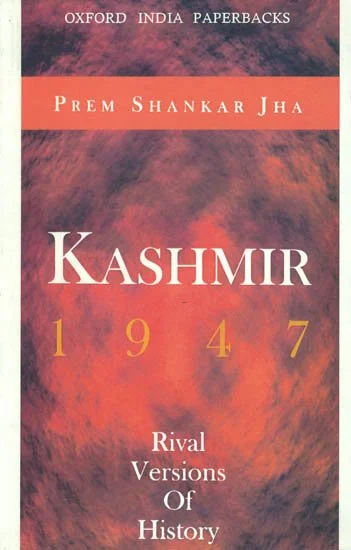
Indian economist and journalist, Prem Shankar Jha based his book on declassified as well lengthy reports and documents on the accession of Kashmir in 1947.
Published in 1996, Jha with his book, aims to rebut Alastair Lamb’s positions over Kashmir accession and provide alternative readings.
Jha argues to prove how Kashmir’s accession came to India legitimately with a particular focus on Maharaja Hari Singh. Jha views Hari Singh adopted the right course of actions to minimise the damage when confronted by the immeasurable, powerful forces beyond his control.
Many critics and scholars, however, disagree with Jha’s “partisan views” of those turbulent times in the course of history.
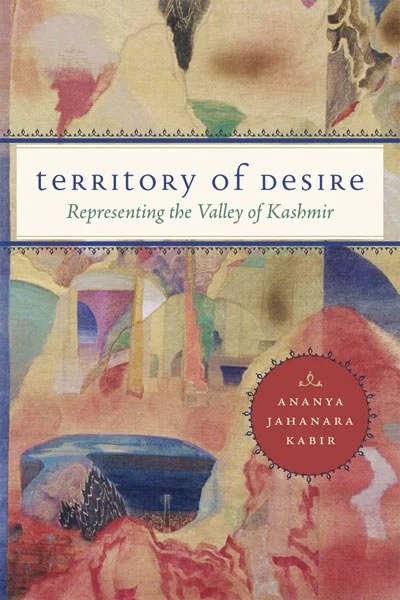
Professor and literary historian, Ananya Jahanara Kabir explores long standing historical elements along with conceptual, social and cultural aspects of the dispute.
Published in 2009, the author provides fresh approaches to the dispute through nuanced and symbolic examinations of the Kashmiri artists and poets’ collective desires for ‘their homeland’.
Proposing non-militaristic ways, it gives an insightful read and representations to understand the cultural and political lives in the beautiful valley of Kashmir torn apart by the intense, repeated desires by both sides of the border.
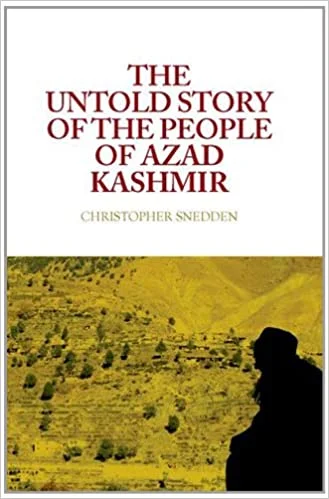
Australian political scientist, Christopher Snedden in a rarity offers a fresh interpretive history of the largely forgotten four million people of “Azad Kashmir”.
With his book, Snedden says that “a reason why little has been written about the major events in Jammu Province in 1947 is Indian and Pakistani neglect. Both governments have been engrossed in their war of words over J&K rather than factually determining what – or who – instigated the Kashmir dispute.”
In a radical approach, Snedden aims to reject the popular narrative and notions that Pukhtoon tribesmen from Pakistan instigated the dispute over Kashmir’s international status. Rather the author documents how the Jammuites engaging in three significant actions post the partition of 1947 instigated the unresolved dispute.
Published in 2011, this book provides new information about the least known, neglected area of J&K- “Azad Kashmir”, a narrow strip of Kashmir populated by Muslims amidst India’s ongoing ownership claims and Pakistani sides’ oversight.
Follow this link to join our WhatsApp group: Join Now
Be Part of Quality Journalism |
Quality journalism takes a lot of time, money and hard work to produce and despite all the hardships we still do it. Our reporters and editors are working overtime in Kashmir and beyond to cover what you care about, break big stories, and expose injustices that can change lives. Today more people are reading Kashmir Observer than ever, but only a handful are paying while advertising revenues are falling fast. |
| ACT NOW |
| MONTHLY | Rs 100 | |
| YEARLY | Rs 1000 | |
| LIFETIME | Rs 10000 | |












